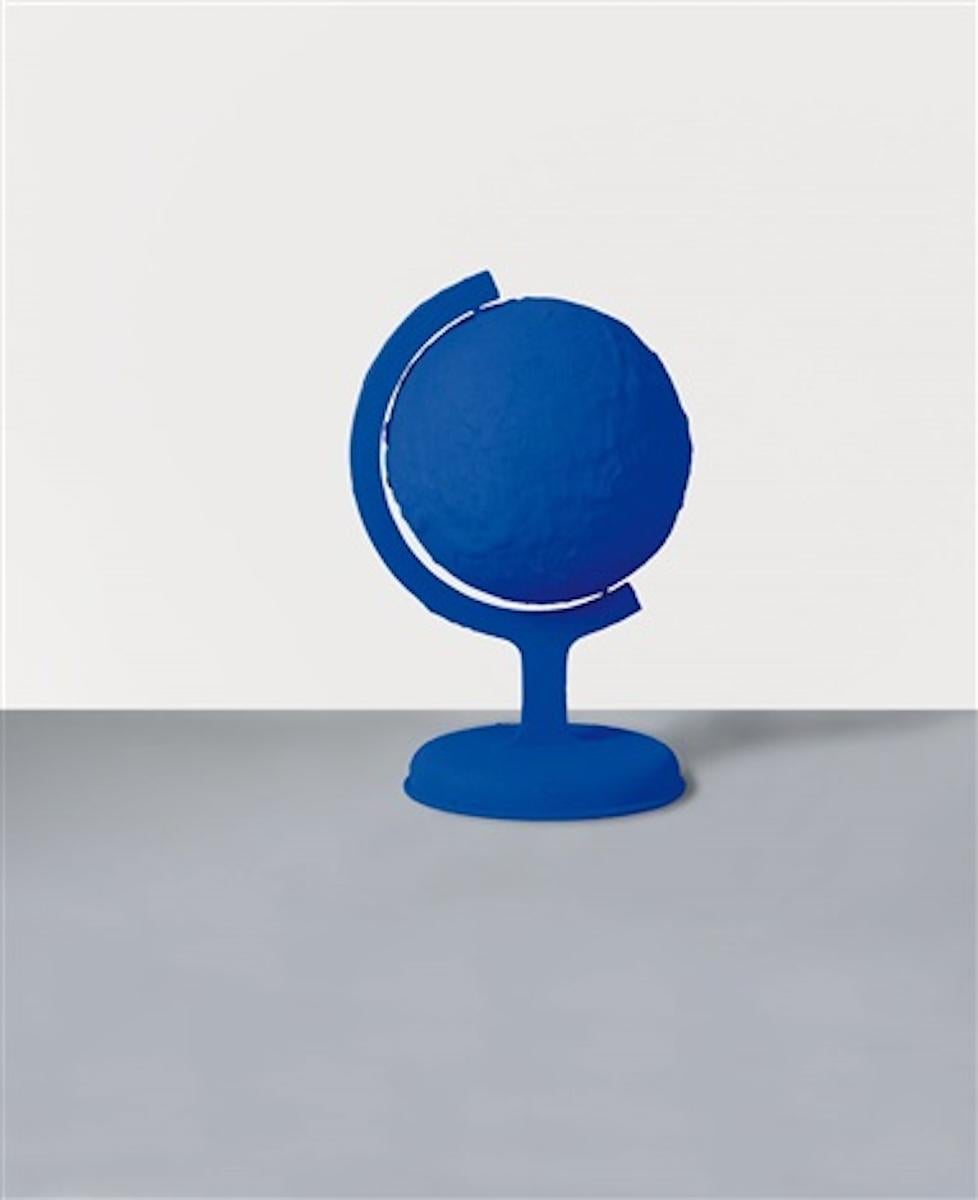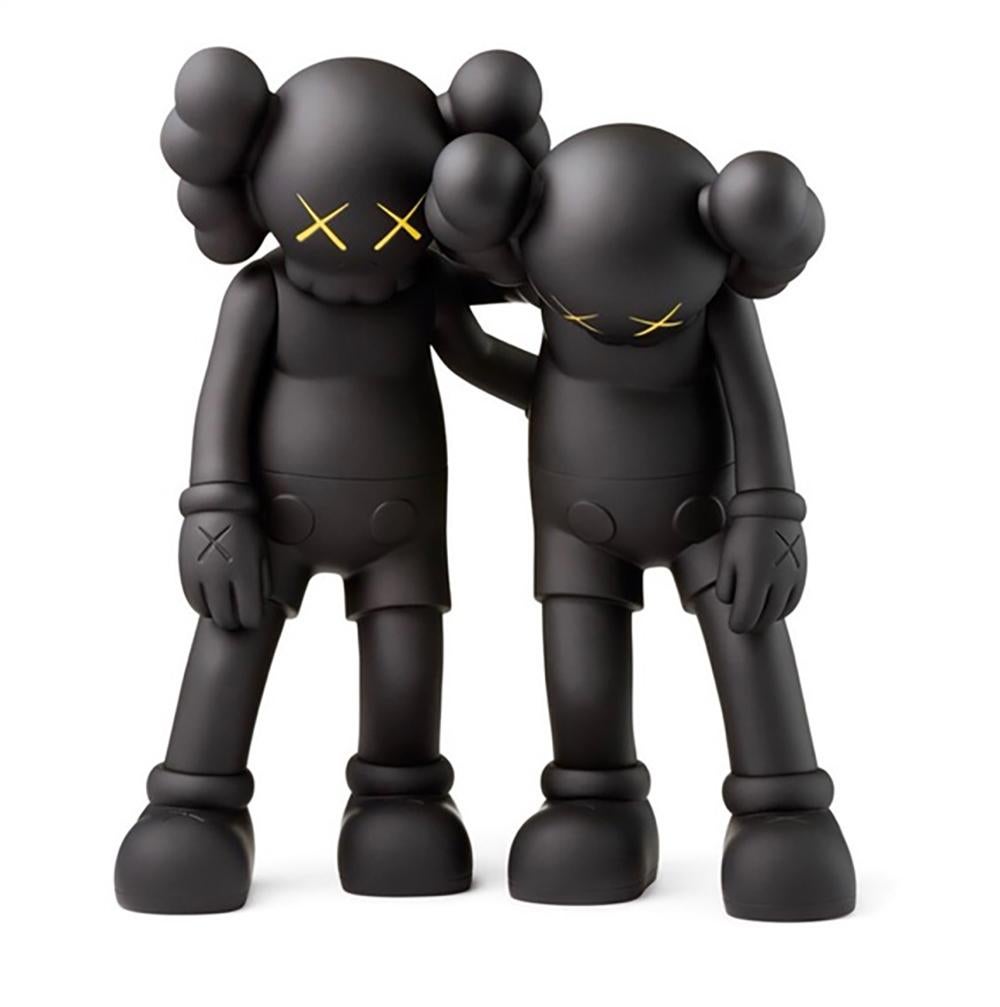Items Similar to Pair of 19th C Inuit Male Statues carved in Walrus Tusk
Want more images or videos?
Request additional images or videos from the seller
1 of 8
UnknownPair of 19th C Inuit Male Statues carved in Walrus Tusk
About the Item
This pair is a fine example of ivory carving done by Inuit natives; Native Americans who live within and just below the Arctic Circle. Each year they procured a substantial amount of ivory from their walrus kills. The raw ivory was usually thrown on top of their huts to weather and properly season. Proper seasoning caused the ivory to dry from the inside out and thus rarely cracks. Hand-made tools were improvised for carving the ivory and bow-string hand drills were also in use. Ivory carving has been practiced by the Inuit for over 2,000 years and traditionally only Inuit men were allowed to carve objects out of ivory, bone, and wood. Artists found their inspiration in daily life and the natural world around them. Ivory items made from walrus tusks were carved with a sharp stone or metal tool. Usually, a sculptor would be inspired to make a figure and just started carving, without making any sketches first. He might indicate the basic outline with a few guide marks. Often they based their work on older carving.
- Dimensions:Height: 8.08 in (20.5 cm)Width: 1.38 in (3.5 cm)Depth: 2.17 in (5.5 cm)
- Medium:
- Period:
- Condition:
- Gallery Location:brussel, BE
- Reference Number:
About the Seller
5.0
Vetted Seller
These experienced sellers undergo a comprehensive evaluation by our team of in-house experts.
1stDibs seller since 2021
13 sales on 1stDibs
Typical response time: 4 hours
- ShippingRetrieving quote...Ships From: leuven, Belgium
- Return PolicyA return for this item may be initiated within 3 days of delivery.
More From This SellerView All
- 17th C Stone statue of Saint Erasmus or Saint ElmoLocated in brussel, BESaint Erasmus or Saint Elmo (Antioch, ca. 240 – Formia, 303) was an Italian bishop and patron saint of the sailors. His attribute was the capstan, a winch on which the anchor chains were rolled up. He died as a martyr for his faith, and his bones were transferred to Gaeta in the 9th century, where they are kept in the cathedral to this day. The electric phenomenon of Saint Elmus fire is named after Saint Erasmus and the 16th C humanist Desiderius Erasmus. Little is known with certainty about Saint Erasmus' life. However, many legends may have been passed on orally until - no older writings are known with certainty. His birthplace was in present-day Syria. However, the persecution of Christians under Emperor Diocletian forced him to flee to Mount Lebanon...Category
17th Century Baroque Figurative Sculptures
MaterialsStone
- 19th C Pair of Breton polychromed fruitwood statues depicting FishermansLocated in brussel, BE19th C Pair of Breton polychromed fruitwood statues depicting Fisherman and his wife .Origin France.Category
19th Century Folk Art More Art
MaterialsWood
- Gustave Fontaine (1877-1952), Selection of 2 sculptured plaster head models.Located in brussel, BEGustave FONTAINE ( Etterbeek 1877-1952 Brussels). Sculptor–painter. Took courses in Saint-Josse-ten-Noode, continued his training at the Academy of Brussels and with the sculptor Julien Dillens...Category
20th Century More Art
MaterialsWood
- 16th C Mechelen Doll with letter M carved in the back.Some leftovers of polychroLocated in brussel, BEMechelen dolls are rare wooden devotional figurines (mainly walnut was used), which were made by some members of the Guild of Saint Luke. The figures, all individual saints, were made from reference models using highly regulated carving and polychrome techniques. They had to meet several requirements. The shape of the rug had to meet certain criteria and the letter M (from Mechelen) had to be visible in the shape. These devotional or saint figurines...Category
16th Century Figurative Sculptures
MaterialsWood, Driftwood
- Gustave Fontaine, Sculptured polychromed Female modelled Head.Located in brussel, BEGustave Fontaine (Etterbeek 1877-1952 Brussels) was a sculptor–painter. He took courses in Saint-Josse-ten-Noode and continued his training at the Academy of Brussels and with the sculptor Julien...Category
20th Century Contemporary Figurative Sculptures
MaterialsPlaster
- Pair of 19th C Carousel Decorative Female Torsos attributed to Charles I.D. LuffLocated in brussel, BEThis pair of female torsos presumably decorated a fair stand or an organ in a theme park. They were most likely part of a significant organ intended to ente...Category
19th Century Figurative Sculptures
MaterialsWood
You May Also Like
- Arsham Eroded Brillo Box - Blue, Edition of 500 - based on Andy Warhol pop artBy Daniel ArshamLocated in Dallas, TXDaniel Arsham Eroded Brillo Box - Blue, Edition of 500 Brand new, unopened box Daniel Arsham employs elements of architecture, performance, and scul...Category
2010s Figurative Sculptures
MaterialsResin
- La Terre Bleu, Klein, Blue Earth, Sculpture, Multiples, Pigment, Art, DesignBy Yves KleinLocated in Geneva, CHEd. 28/300 pcs 1988 Resin coated with blue pigment 36 x 21.5 x 19.5 cm Provenance : Yves Klein Archives, Paris Literature : Yves Klein : Catalogue des editions et des sculptures,...Category
1980s Contemporary Figurative Sculptures
MaterialsResin, Pigment
- KAWS - Gone - Black Version - collectible Pop ArtBy KAWSLocated in Dallas, TXKAWS Gone- Black version New on its original packaging. Medium: Vinyl & Cast ResinCategory
2010s Pop Art Figurative Sculptures
MaterialsResin, Vinyl
- KAWS - Gone - Grey Version - collectible PopArtBy KAWSLocated in Dallas, TXKAWS Gone- Grey version New on its original packaging. Medium: Vinyl & Cast ResinCategory
2010s Pop Art Figurative Sculptures
MaterialsResin, Vinyl
- KAWS - Along The Way - Black Version - brand newBy KAWSLocated in Dallas, TXKAWS Along The Way - Black version New & unopened in its original packaging. Medium: Vinyl & Cast Resin Provenance: Modern Art Museum of Fort WorthCategory
2010s Pop Art Figurative Sculptures
MaterialsVinyl, Resin
- KAWS - Companion - Brown version- MOMA 2017 - Painted Cast VinylBy KAWSLocated in Dallas, TXThis is a brand new, in its original packaged, never open. Perfect condition. KAWS's cartoonish style—including his best-known characters with X-ed out eyes—has its roots in his ea...Category
2010s Pop Art Figurative Sculptures
MaterialsResin, Vinyl





